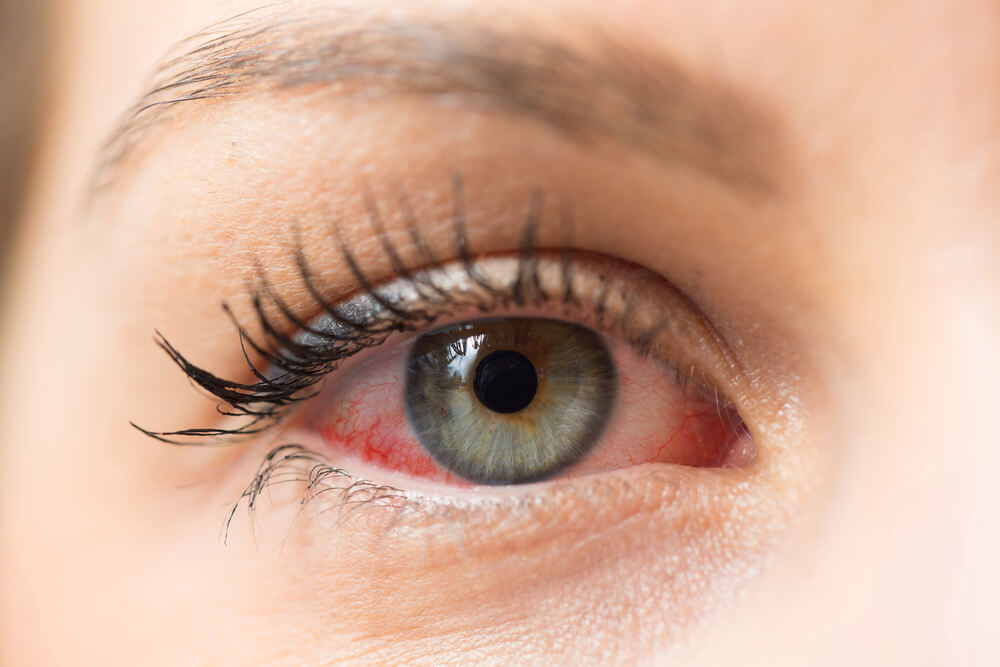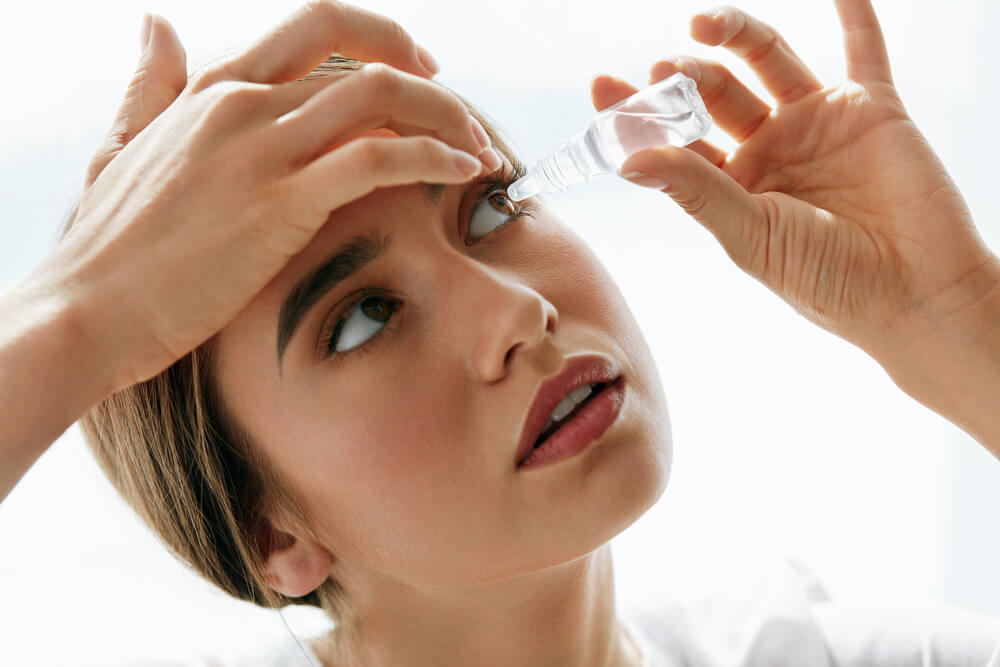Experiencing burning, itching, redness and swelling in your eyes? Has wearing contact lenses become increasingly uncomfortable? You may be suffering from dryeye syndrome, an eye allergy, or both.
Dry eye and eye allergies are two of the most common eye conditions, affecting millions of people in the UK every year. They have remarkably similar symptoms, but the causes and treatments are very different. To make matters even more complicated, eye allergies can sometimes exacerbate dry eye symptoms. But how can you tell them apart? And does it even matter?
At Safarian & Simon Opticians, our team is highly qualified in diagnosing both conditions, so we’ve compiled this short guide to get you clued up on the signs to look out for…
What is Dry Eye Syndrome?
Dry Eye Syndrome occurs when your tear ducts aren’t able to produce enough good quality tears. Tears are fundamental to your eye health – lubricating their surface, clearing particles of dust and dirt and protecting them from infection. So when your tears are compromised, Dry Eye symptoms can include burning, redness, blurry vision, grittiness and sensitivity to light, leaving your eyes open to infection.

Common Dry Eye causes include aging, certain medical conditions, laser eye surgery and common medications such as contraceptives, anti-depressants and frustratingly, allergy-targeting antihistamines. All of these factors can alter the make up of your tears and reduce the all-important outer layer of lipids, which usually prevents tear evaporation. So when this layer or your tear-producing glands are affected, your eyes are more susceptible to contracting Dry Eye symptoms.
What are Eye Allergies?
Eye allergies also cause redness and a burning sensation, but the primary symptom is itching. Unlike Dry Eye, eye allergies are caused by sensitivity to a specific substance such as animal hair or dust mites. When the substance interacts with your mast cells, your body releases histamine; a chemical that causes itching and swelling.

It should be noted that seasonal allergies are often caused by pollen, making eye allergies particularly common throughout spring and summer months.
How are they treated?
Eye allergies and Dry Eye symptoms can appear remarkably similar, but the treatments are very different.
Dry Eye causes are usually treated by targeting the inflammation of the meibomian glands, often using prescription tear lubricants. If you wear contact lenses, your optometrist might also recommend specialist lenses made from material with extra resistance to drying.
Eye allergies are usually treated with antihistamines, artificial lubricants and cool compresses. Wearing daily disposable contact lenses is also recommended. You can also take precautionary measures to reduce your exposure to pollen, for example, you might consider wearing protective goggles whilst gardening, staying inside during windy conditions and regularly changing your air filter.

Short-term relief for both conditions can be found in over-the-counter eye drops and pills. However, to alleviate your problem in the long-term, our specialist optometrists are best placed to treat the root cause of your issue with a solution tailored to your unique symptoms. This tends to be more effective and less expensive than buying over-the-counter products.
So if you suspect you may be suffering from dry eye syndrome, eye allergies, or both, book an appointment at Safarian & Simon Opticians today to prevent your condition causing lasting damage. If you want to speak to one of our experienced team, please call 0207 722 1917



